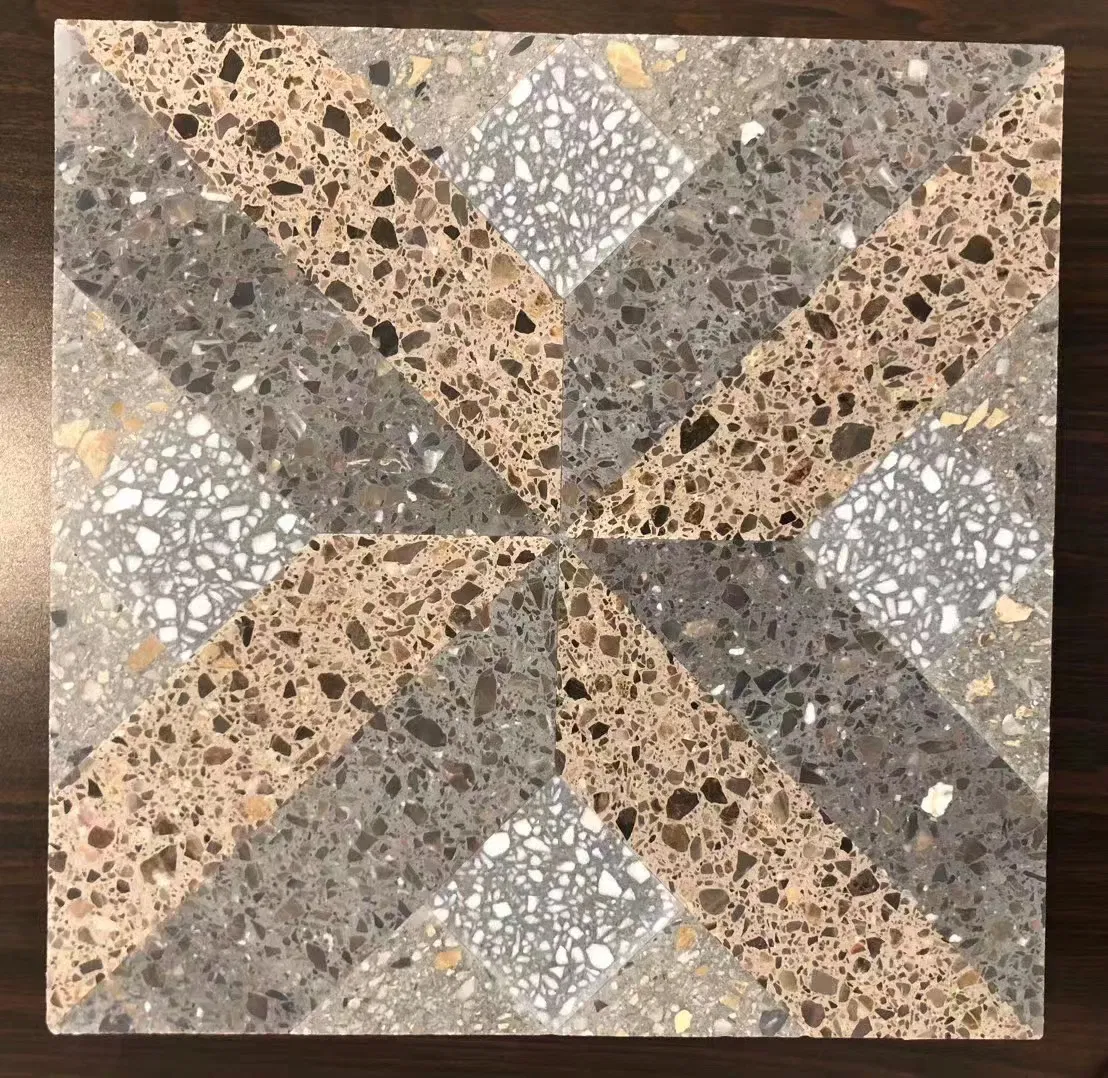The Cultural History and Revival of Terrazzo Flooring in Contemporary Design
Honestly, you’ve probably walked right over it without a second thought. In grand hotel lobbies, sleek boutique shops, or even that cool new coffee place around the corner. Terrazzo is everywhere again. But this isn’t just another fleeting design trend. It’s a homecoming. A material with a story as rich and textured as its own surface is making a massive comeback, and it’s got a lot to say about how we think about style, sustainability, and the soul of our spaces.
Let’s dive into the surprisingly humble beginnings of this now-luxurious flooring and see how it became a darling of the modern design world.
From Venetian Trash to Treasure: The Humble Origins
The story starts, as so many good ones do, in Italy. Specifically, in the 15th century around Venice. Marble workers, you see, had a problem. They were left with a lot of scrap—odd chunks and chips from their larger, more prestigious projects. Waste. But these artisans were nothing if not resourceful. They took these discarded marble fragments, set them in a cheap clay base, and then ground them down with a hand-held stone to create a smooth, usable surface for their own humble terraces (or “terrazzi” in Italian).
It was the ultimate upcycling project. Born not from a desire for beauty, but from sheer necessity and thrift. The result, however, was unexpectedly beautiful—a unique, durable surface that was both practical and, in its own way, artistic. They soon started using goat’s milk as a primitive sealant to bring out the shine, a trick that speaks to the raw ingenuity of its origins.
Crossing the Ocean: Terrazzo’s Golden Age
Fast forward a few centuries. Italian immigrants brought their terrazzo craftsmanship to the United States in the late 19th and early 20th centuries. And here’s where things really took off. The invention of electric grinding machines in the 1920s was a total game-changer. No longer a labor-intensive, small-scale craft, terrazzo could now be produced on a massive scale. It became the go-to flooring for grand public spaces that demanded both durability and grandeur.
Think about it. You’d find it in:
- Art Deco lobbies of skyscrapers, shimmering under the lights.
- Vast, echoing mid-century modern institutions like schools and government buildings.
- The sleek, seemingly endless floors of post-war commercial design.
It was the epitome of modern, hygienic, and long-lasting design. But, as with all things, its popularity waned. By the 70s and 80s, terrazzo started to feel… well, a bit dated. It was associated with cold, institutional spaces. It was the floor of your high school hallway, not your stylish apartment. It fell out of favor, replaced by carpet, vinyl, and other cheaper, easier-to-install options.
The Sleeping Giant Awakens: The Modern Terrazzo Revival
So, what happened? How did this “old-fashioned” material leap back into the spotlight? The revival isn’t due to one single thing, but a perfect storm of shifting tastes and values.
A Thirst for Authenticity and Craft
In a world saturated with mass-produced, homogenous products, we’re craving things with a story. We want materials that feel real, that show the hand of the maker. Terrazzo is the antithesis of a sterile, perfect laminate. Every installation is one-of-a-kind, a unique composition of aggregate and binder. Its slight imperfections are its greatest strength, offering a sense of authenticity that’s hard to replicate.
The Sustainability Angle (A Full-Circle Moment)
Here’s the beautiful part: terrazzo’s original virtue is now its biggest selling point. In an era obsessed with sustainable interior design, terrazzo is a superstar. Modern producers are taking the original “waste-not” ethos to new heights, using recycled glass, porcelain, and even plastic chips as aggregate. It’s incredibly durable—a properly maintained terrazzo floor can last a century—which is the very definition of sustainable. It’s the original circular economy product, and we’re just catching up.
Technological Innovation Unleashes Creativity
Today, it’s not just about marble chips in gray cement. The possibilities are, frankly, endless. Newer epoxy and resin binders are lighter, can be poured thinner, and come in a kaleidoscope of colors. The aggregates have expanded to include mother-of-pearl, metallic flakes, seashells, and colorful glass. This has opened the door for custom terrazzo design in a way the original Venetian workers could never have imagined.
Designers aren’t just using terrazzo for floors anymore. You’ll find it on stunning kitchen countertops, elegant bathroom vanities, and even as statement wall cladding. It’s become a versatile medium for artistic expression.
Terrazzo in Your Home: What to Consider
Okay, so you’re intrigued. Maybe you’re thinking about a terrazzo flooring renovation. Here’s the deal with incorporating it today.
First, let’s talk about the two main types you’ll encounter:
| Traditional Cementitious Terrazzo | The classic, thick-set system. Incredibly durable and the only choice for heavy commercial traffic. Installation is a more involved process. |
| Epoxy or Resin Terrazzo | The modern favorite for residential use. Lighter, more color options, and can be applied in thinner layers. It’s what allows for those incredible, intricate designs. |
And then there’s the option of terrazzo tiles. These offer the look without the custom installation price tag, making the style more accessible. They’re a great compromise.
The cost can be a significant factor. Authentic, poured-in-place terrazzo is an investment. It requires skilled craftspeople. But you’re paying for a floor that will likely outlive the house itself. The low maintenance is a huge plus—regular sweeping and occasional damp mopping are all it needs to look fantastic for decades.
More Than a Floor: A Lasting Legacy
Terrazzo’s journey is a fascinating one. From the terraces of Venetian workers to the pages of every major design magazine today. Its revival speaks to a deeper shift. We’re looking for materials with integrity, with history. We want our homes to feel grounded, not just decorated.
It’s a reminder that the best design solutions are often born from constraint, and that true beauty can be found in the fragments. Terrazzo isn’t just a surface you walk on; it’s a story you live with. A story of ingenuity, resilience, and timeless style that, after a brief nap, is wide awake and more vibrant than ever.










